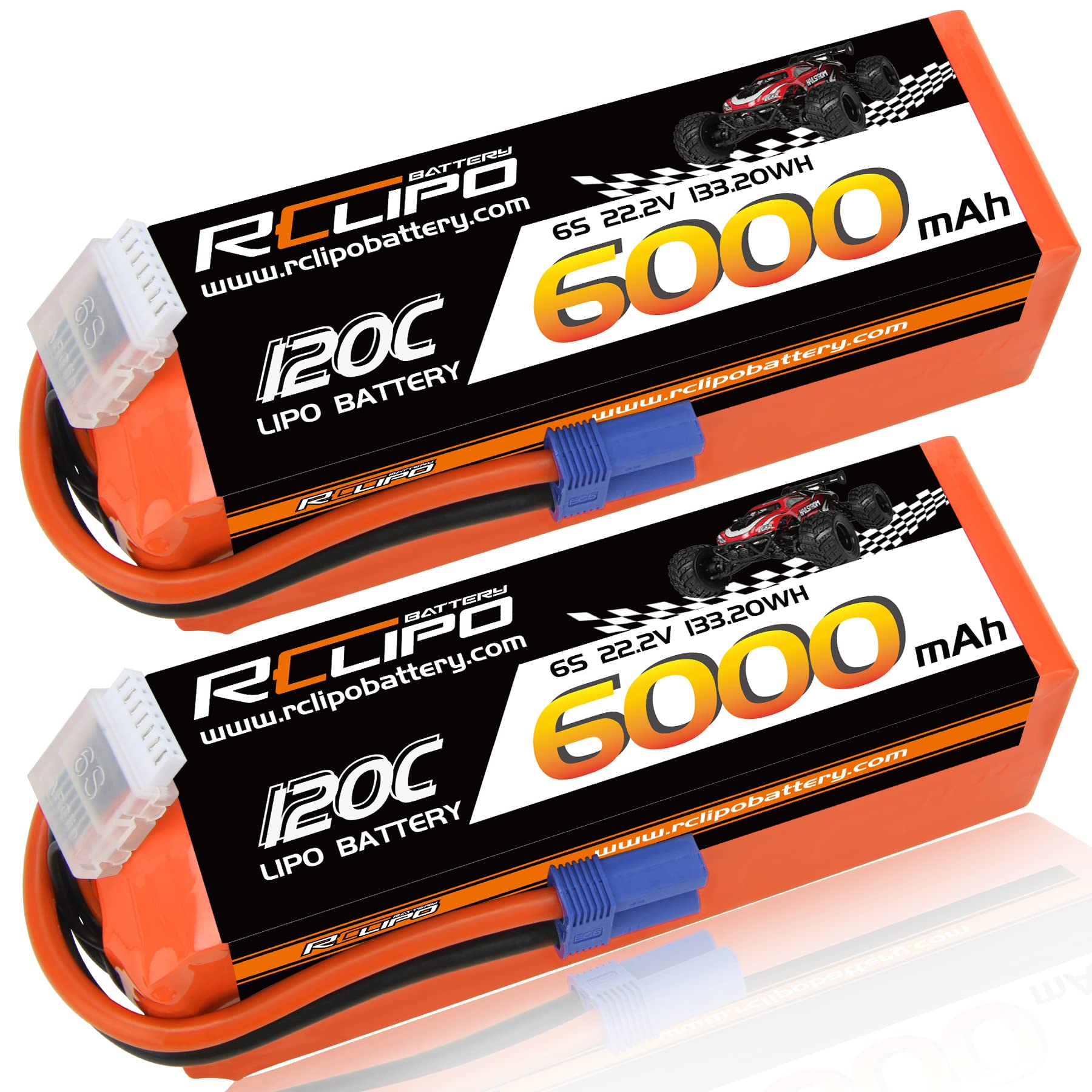6S LiPo Battery: A Detailed Guide
In the world of high-performance electronics, the 6S LiPo Battery has become a game-changer. Because of its high voltage output and energy density, this type of Lithium Polymer Battery is a popular choice for applications that require a powerful, lightweight energy source.
Table of contents
- What is a LiPo Battery?
- Battery Terminology
- What is a 6S LiPo Battery?
- Key Aspects
- Applications of 6S LiPo Batteries
- Choosing a 6S LiPo Battery
- How to Charge a 6S LiPo Battery
- How to Charge 6S LiPo Battery Without Balancer
- Safety and Maintenance of LiPo Batteries
- How Long Admiral 5000mAh 6S 50C LiPo Battery Lasts
- Are LiPo Batteries Safe?
- What is Better Than LiPo Batteries?
- Can LiPo Batteries Explode?
- Final Thought
- Youtube Video About 6S LiPo Battery
- You May Also Like
- FAQ
What is a LiPo Battery?
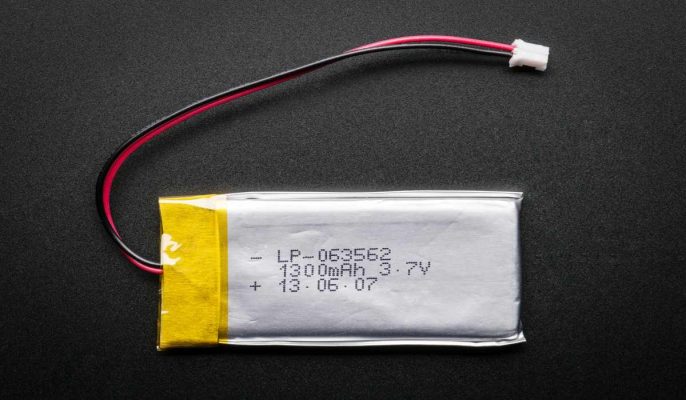
A Lithium Polymer (LiPo) battery is a form of rechargeable battery that use a polymer electrolyte rather than the more common liquid electrolyte found in other batteries.
This enables LiPo batteries to be lightweight and flexible, allowing them to be mould into a variety of form factors. Because of these properties, LiPo batteries are suitable for portable electronics such as smartphones and tablets, as well as RC vehicles and drones.
Battery Terminology
Before we delve into the specifics of the 6S LiPo Battery, it’s important to understand some key battery terms. These terms will help you better understand the performance and specifications of the LiPo Battery.
Voltage
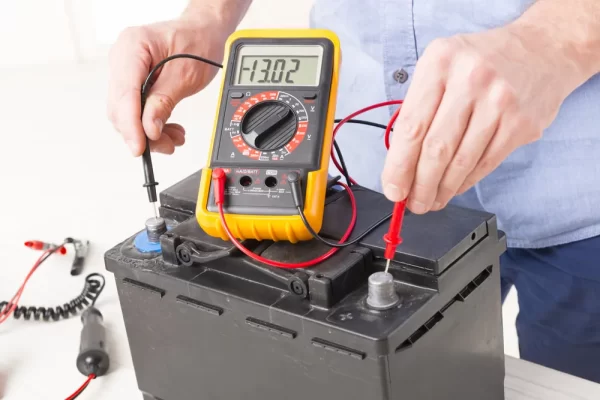
Voltage, generally denoted by the letter ‘V,’ is the electrical potential difference between a battery’s positive and negative terminals. It is the force that drives an electric current through a circuit. The more power there is, the more ‘push’ the battery can offer.
The normal voltage of a 6S LiPo battery is roughly 22.2V, which is higher than the voltage of many other types of batteries. One of the reasons LiPo Batteries are popular in high-performance applications is because of their high voltage.
Capacity
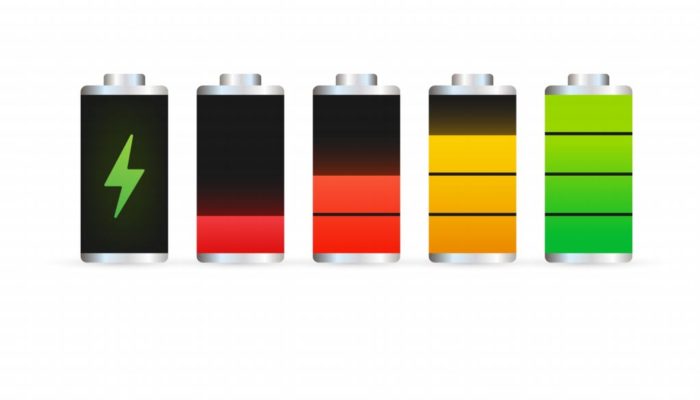
The quantity of energy that a battery can store is referred to as its capacity. It is commonly express in milliampere-hours (mAh) or ampere-hours (Ah). A bigger capacity battery can power a device for a longer period of time before need to be recharge.
The need capacity is determine by the device’s or application’s energy requirements. It’s important to choose a 6S LiPo Battery with a capacity that matches the energy needs of your device.
Discharge Rate
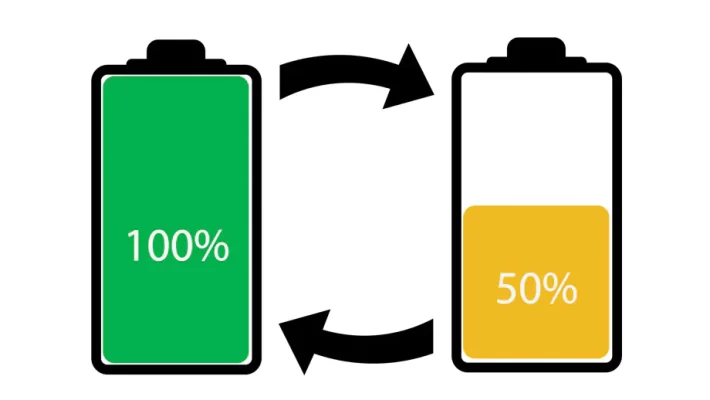
A battery’s discharge rate is the rate at which it may safely discharge its energy. It is frequently symbolised by a ‘C’ rating. The letter ‘C’ denotes capacity, and the rating is a multiplier indicating the maximum safe continuous discharge rate.
A LiPo battery, for example, with a capacity of 5000mAh and a ‘C’ rating of 20, can safely discharge at 20 times its capacity, or 100A. Understanding the discharge rate is critical for high power output applications.
What is a 6S LiPo Battery?

A 6S LiPo Battery is a type of LiPo that consists of six cells connected in series. This design enables the battery to provide more voltage, often around 22.2V. The ‘6S’ refers for ‘6 cells in Series’. The LiPo Battery’s high voltage output makes it suited for high-performance applications.
Key Aspects
| Feature | Description |
| Type | Lithium Polymer |
| Configuration | 6 cells in series |
| Typical Voltage | 22.2V |
| Energy Density | High |
| Weight | Light |
| Self-discharge Rate | Low |
| Safety | Requires careful handling and proper charging |
| Applications | RC vehicles, drones, electric bikes, portable electronics, renewable energy systems |
Applications of 6S LiPo Batteries
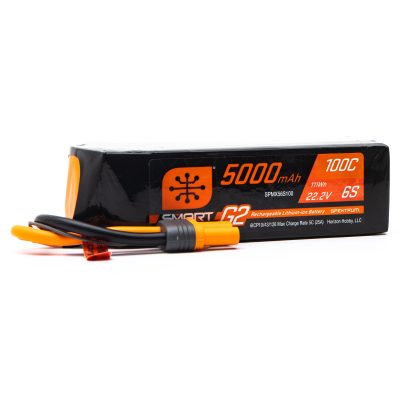
The 6S LiPo Battery is commonly used in high-performance RC vehicles and drones due to its high voltage output and energy density. Its applications, however, are not restrict to these.
The LiPo Battery can also be found in electric bicycles, portable devices, and various renewable energy systems. Because of its light weight and high energy density, it is a perfect choice for any application where weight and space are important considerations.
Choosing a 6S LiPo Battery
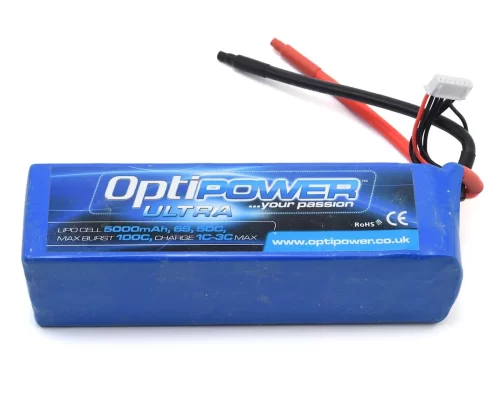
When choosing a 6S LiPo Battery, there are several factors to consider. These factors include the battery’s capacity, discharge rate, and brand reputation.
It’s also critical to evaluate your device’s or application’s specific requirements. For example, a high-performance drone may necessitate a LiPo battery with a rapid discharge rate.
How to Charge a 6S LiPo Battery
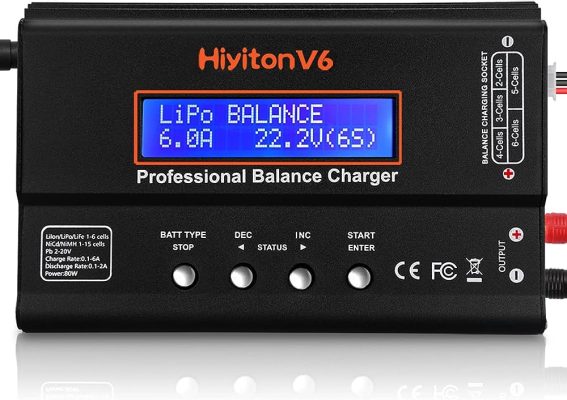
Charging a 6S LiPo Battery involves using a LiPo balance charger. Connect the battery to the charger, configure the charging parameters (battery type, number of cells, and charge rate), and begin charging.
Balance charging occurs when the charger monitors the voltage of each cell and adjusts the charging current to ensure that all cells are charged evenly.
How to Charge 6S LiPo Battery Without Balancer
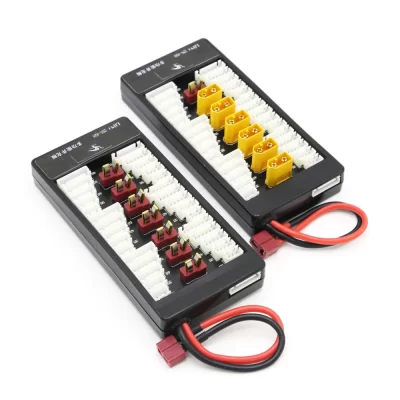
While it’s not recommended due to the risk of uneven cell charging, a LiPo Battery can be charged without a balancer. Connect the battery to a standard LiPo charger using the main power connectors, making sure the polarity is correct.
Set the charger’s charging parameters and begin the charging procedure. To avoid overcharging, keep a watchful eye on the process.
Safety and Maintenance of LiPo Batteries
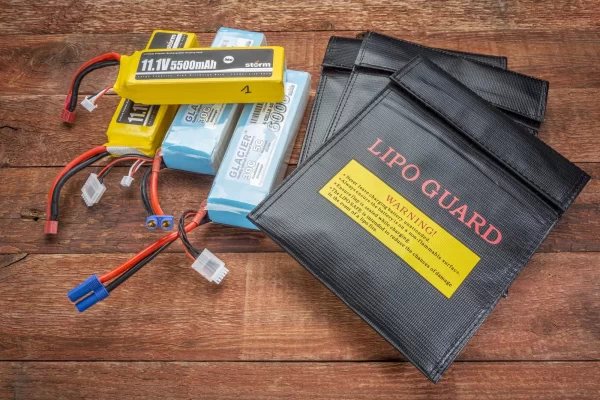
While LiPo batteries have many benefits, they must be used with caution. Thermal runaway can occur if they are overcharged, discharged too quickly, or physically damaged.
As a result, it is critical to utilise a LiPo battery charger and to store and carry them in fire-resistant containers.
Regularly checking the health of your 6S LiPo Battery and avoiding deep discharges can also help prolong its lifespan.
How Long Admiral 5000mAh 6S 50C LiPo Battery Lasts
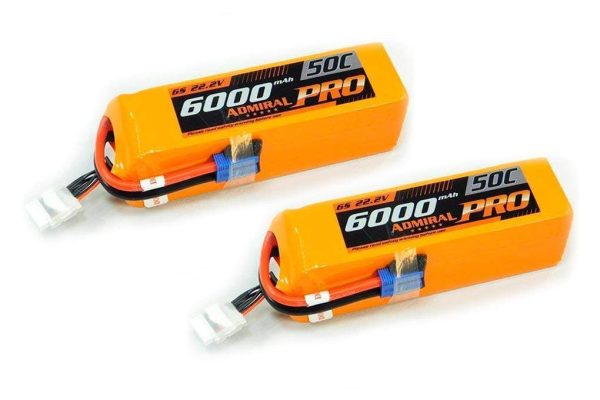
The life of an Admiral 5000mAh 50C LiPo Battery is determined by the discharge rate of the device it powers. However, you may approximate the runtime by dividing the battery capacity by the device’s average current draw. If the device draws an average current of 50A, the battery would last about 0.1 hour or 6 minutes (5000mAh/50000mA = 0.1 hour).
Are LiPo Batteries Safe?
LiPo batteries, also known as Lithium Polymer batteries are generally considered safe. However they do require handling due, to their chemistry. It is important to be cautious and avoid overcharging or discharging them quickly well as preventing any physical damage.
To ensure safety it is essential to use a charger and store the batteries in a container. Manufacturers have implemented safety features such, as protection circuits to prevent overcharging and deep discharging, which further enhances the safety of these batteries.
What is Better Than LiPo Batteries?
LiPo batteries are widely used due, to their energy density and lightweight characteristics. However many people consider Lithium Iron Phosphate (LiFePO4) batteries as an alternative. LiFePO4 batteries have a lifespan, better thermal stability. Are less likely to experience thermal runaway. They can tolerate charge situations better. Are more resistant to swelling making them a reliable choice, for a range of applications.
Can LiPo Batteries Explode?
LiPo batteries have the potential to explode or ignite if not handled properly. If they are overcharged, punctured or exposed to temperatures there is a risk of runaway which can result in a fire or explosion. This risk is attributed to the use of solvents, in their electrolytes. It is crucial to adhere to safety guidelines such, as avoiding leaving them unattended while charging and using a charger in order to minimize these risks.
Final Thought
The 6S LiPo Battery is a powerful energy solution for a variety of applications. Its high voltage, energy density, and lightweight make it a popular choice.
However, as with all LiPo batteries, they must be handled with care to guarantee safety. With continued developments in battery technology, the LiPo Battery’s future looks bright.
Youtube Video About 6S LiPo Battery
You May Also Like
Sand Batteries: The Future of Energy Storage
FAQ
The ‘6S’ in 6S LiPo Battery refers for ‘6 cells in Series’. This means the battery is made up of six cells linked in series, allowing it to generate a higher voltage.
The capacity of a LiPo Battery and the power consumption of the device it powers determine how long it will survive. A 5000mAh LiPo battery, for example, would last around 6 minutes when powering a device that consumes an average current of 50A.
While charging a LiPo battery without a balancer is possible, it is not advised. Charging without a balancer can result in uneven cell charging, reducing battery performance and lifespan.
A 6S LiPo battery’s normal voltage is roughly 22.2V. This is greater than the capacity of many other types of batteries, making 6S LiPo Batteries excellent for high-performance applications.
To safely handle and maintain a LiPo Battery, use a LiPo-specific charger, avoid overcharging or draining the battery too quickly, and store and carry the battery in fire-resistant containers. Checking the health of your battery on a regular basis and avoiding deep discharges will also help it last longer.




